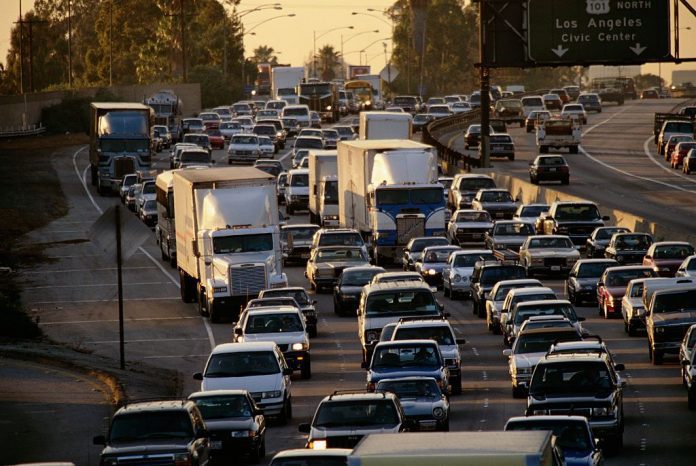Stellantis and General Motors paid a total of $363 million in civil penalties for failing to meet U.S. fuel economy requirements for prior model years.
The National Highway Traffic Safety Administration, which administers the Corporate Average Fuel Economy (CAFE) program, reported record-setting penalties, including $235.5 million for Stellantis for the 2018 and 2019 model years and $128.2 million for G.M. covering 2016 and 2017.
According to Stellantis, the penalty “reflects past performance recorded before the formation of Stellantis and is not indicative of the company’s direction.”
Additionally, It’s important to note that Stellantis previously paid $156.6 million in penalties for the 2016 and 2017 model years.
On the other hand, G.M. stated, “In order to comply with the increasingly strict CAFE regulations as we work towards the goal of a zero-emissions future, we may use a combination of credits from prior model years, expected credits from future model years, credits obtained from other manufacturers, and payment of civil penalties.”
NHTSA dramatically increased fuel economy criteria in April 2022, overturning former President Donald Trump’s reversal of U.S. regulations to improve gas mileage. The organization expanded its requirements for fuel efficiency by 8% for the 2024 and 2025 model years and by 10% for the 2026 model year.
According to the EPA, Stellantis had the worst real-world fuel economy among the major automakers in December, averaging 21.3 miles per gallon in 2021, with G.M. coming in second with 21.6 mpg. In addition, for the model years 2019 to 2021, the fine is $14, up from $5.50 for every 0.1 miles per gallon; new vehicles fall short of the necessary fuel economy standard. Then multiply it by the quantity of non-compliant vehicles sold. For 2022, the figure rose to $15.




